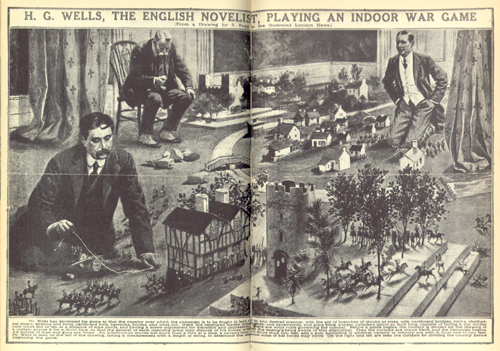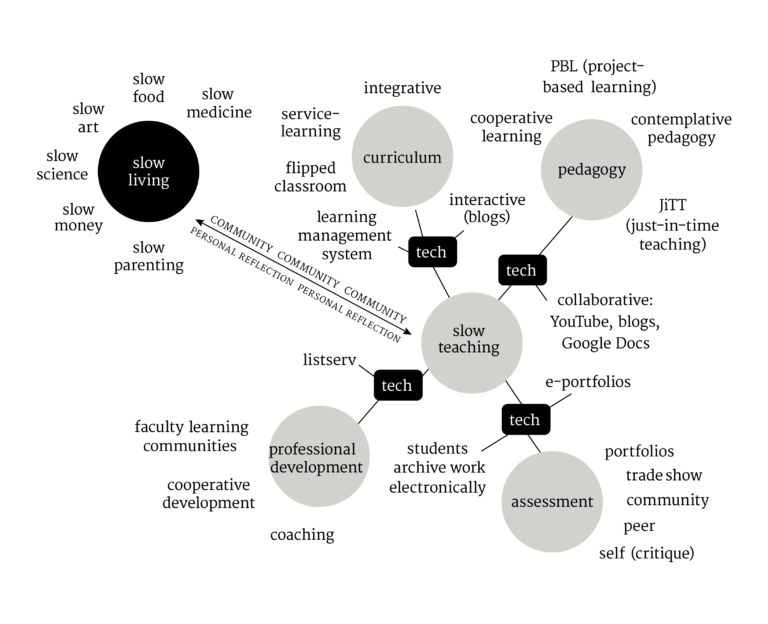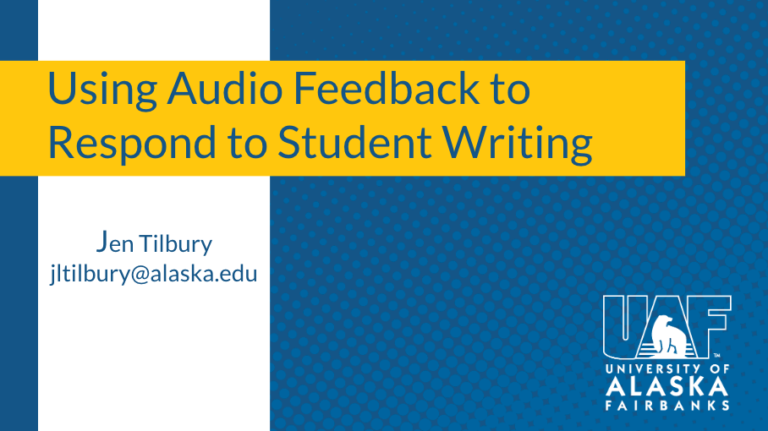The power of play
What is gamification to you?
From our earliest stages of cognitive development, we have learned from play. Play urges the player to try over and over again even as she repeatedly fails; play generates its own persistence, encouraging the player to continue caring even after her obligation to do so has ended; play is an active celebration of deeper understanding, such that the great players in any field, from baseball to physics, are remembered and celebrated for how well they played.
Gamification is a design methodology that seeks to focus ours and our students’ learning behaviors using the universal instinct for play.

How do I start gamifying my class?
Start right away, and start small. Give your students opportunities to succeed in granular, exciting ways, with low stakes consequences for failure. These are fundamental elements of play. Some examples:
Engage with Competition
Host a classroom game, like Jeopardy. Base the questions on trivia within your field, use exam review questions, or address an otherwise conceptually problematic area. There are a host of Jeopardy apps available online.
Foster Creative Thinking Skills
Host a classroom debate and give the winning team some sort of status reward.
Motivate Discussion
Surprise your students and give away candy, gum, or golden stickers to those who answer or ask questions in class.
Build Understanding Through Empathy
Create an assignment involving role-play where students put themselves in the role of characters from literature, history, science discovery, or in the role of professionals in their field.

Low Stakes
Everyone loves victory, but we learn just as much or more from failure. Low stakes draw participation from students who might normally feel too nervous to express themselves; low stakes also encourage experimentation by suppressing the natural fear students have of getting something wrong. And, it should be noted, the carrot does not need to outweigh the stick; small rewards (gold stickers, for instance) can be plenty encouragement for students to put themselves out there. In fact, too much more encouragement can make the activity less playful by turning it into a transaction: you are buying student involvement with grade currency. Remember, play is its own reward, and the more an activity resembles play, the more likely students are to participate, regardless of the reward.
This is Part One of a three-part series.
Read Part One: https://ecampus.uaf.edu/go/tt-powerofplay
Read Part Two: https://ecampus.uaf.edu/go/tt-powerofplay2
Read Part Three: https://ecampus.uaf.edu/go/tt-powerofplay3

Owen Guthrie, M.A.
Former Executive Director, CTL
Owen has over thirty years experience serving teaching and learning in higher education.



